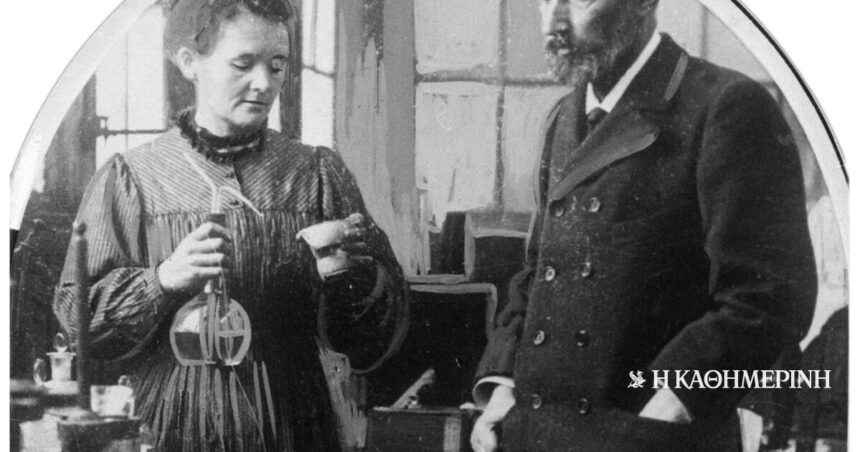The period from 1871 (ending the French-Primary War) until 1914 (World War I explosion), Belle époque as often called by the romantic nostalgia of an idealized past, constitutes an era of explosive progress in natural scienceespecially in physics and chemistry. New discoveries and theories have radically changed the understanding of the world, preparing the ground for modern science. At the center of this revolution were prominent personalities, such as Pierre and Marie Curiewho have contributed decisively with their discoveries to the evolution of science. Their work not only shaped modern physics and chemistry, but also laid the foundations for new applications in Medicine.
Marie Sklodovska-Kuri was born in 1867 in Poland and from an early age showed particular interest to the sciences. When adults, he moved to Parisin order to study at the University of Sorbonne. There he met the distinguished natural Pierre Curie. The two found that they were shared much in common, both on a personal and scientific level. Both wanted to devote their lives to research, workers all day long in their laboratory.
Kthey were to isolate from a tone of the sky; one tenth of the gram of radio chloride.
In 1896, Henri Bekerel discovered that some materials, such as heavenly, transmitted an unknown form of radiation until then. Curry, inspired by this discovery, began systematic research and managed to isolate two new radioactive elements in 1898: Polonio (which Marie so named in honor of her homeland) and Radio. Continuing their research, the Curry dealt with the work of isolating the salty of radius through differential crystallization. On April 20, 1902, managed to isolate from a tone of the skyan extremely radioactive mineral, one tenth of the gram of radio chloride.
In 1903, Curry couple shared Nobel Physics with Bekerel for their research on radioactivity. In fact, Marie Curie was the first woman to receive this award. Despite the difficulties, Curie continued their research, discovering the medical applications of radioactivity, such as treatment of the cancer through radiation. Even after her husband’s death in 1906, Marie continued her research and in 1910 managed to isolate a clean metal radio. In 1911, she received her second Nobel, this time in chemistry, for the isolation of pure radio. It remains, to this day, one of the few scientists who have received Nobel in two different sciences.
Column: Myrto Katsigera, Vassilis Minakakis, Antigoni-Despina Poumenidou, Athanasios Syroplakis






